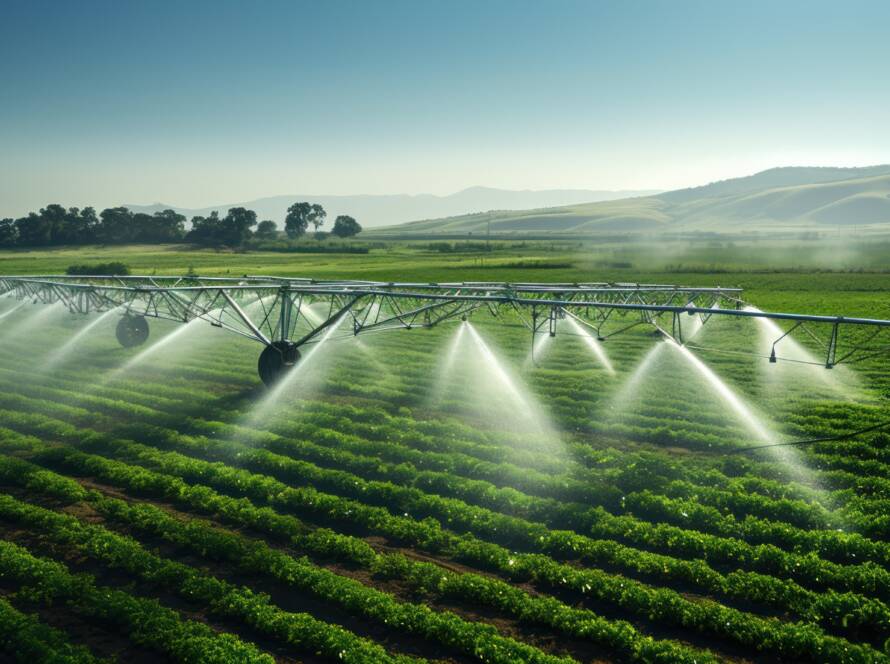Gas pipelining refers to the transportation of natural gas through a series of connected pipelines from its source (like a gas field or processing plant) to distribution points or end consumers. Gas pipelines are typically large-diameter, underground systems designed to move gas efficiently over long distances.
Key Components and Functions of Gas Pipelines:
- Compressor Stations: These are located at regular intervals along the pipeline to maintain pressure and ensure gas flow over long distances.
- Metering and Regulation Stations: These manage and monitor the gas flow, checking both quantity and quality before it reaches the final distribution points.
- Valves and Safety Features: Various safety valves, such as block or isolation valves, help control the flow in case of emergencies or maintenance.
Types of Gas Pipelines:
- Transmission Pipelines: These are large pipelines that move natural gas from processing facilities to regional hubs or distribution networks.
- Distribution Pipelines: Smaller pipelines that carry gas from local hubs to consumers, including homes and businesses.
Advantages of Gas Pipelines:


- Efficiency and Reliability: Gas pipelines provide a continuous and reliable flow of natural gas, which is crucial for industries and residential users alike.
- Environmental Impact: Pipelines are generally more environmentally friendly compared to other fuel transportation methods, as they reduce the need for road or rail transport, which has a higher carbon footprint.
Challenges in Gas Pipelining:
- Maintenance and Leakage: Pipelines require regular inspection to prevent leaks, which can lead to safety risks and environmental damage.
- Infrastructure Costs: Building and maintaining a pipeline network is capital-intensive, requiring extensive planning and regulatory approvals.
- Geopolitical Factors: Gas pipelines often cross international borders, requiring complex negotiations and cooperation between countries.
Overall, gas pipelines are critical infrastructure for energy supply, enabling effect.


